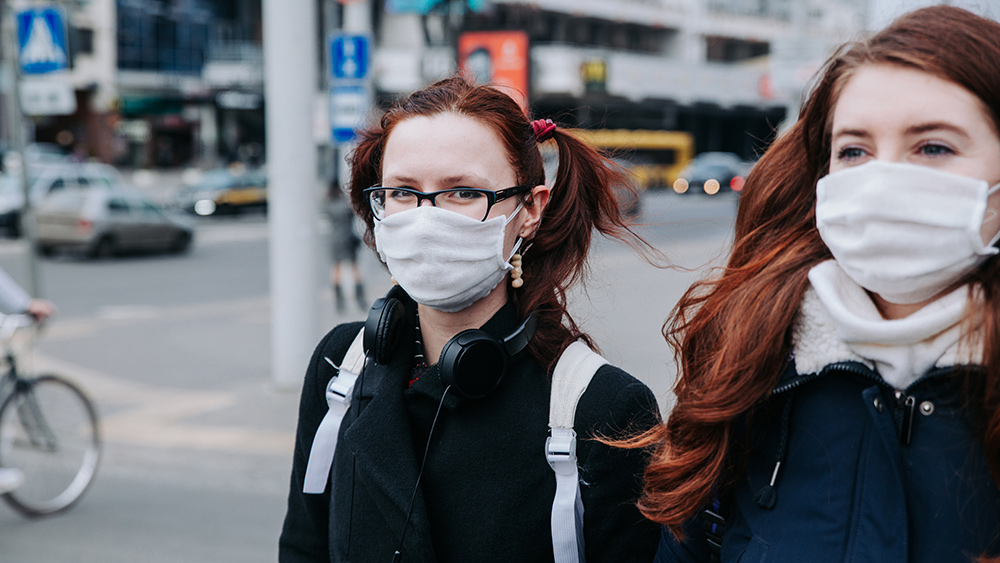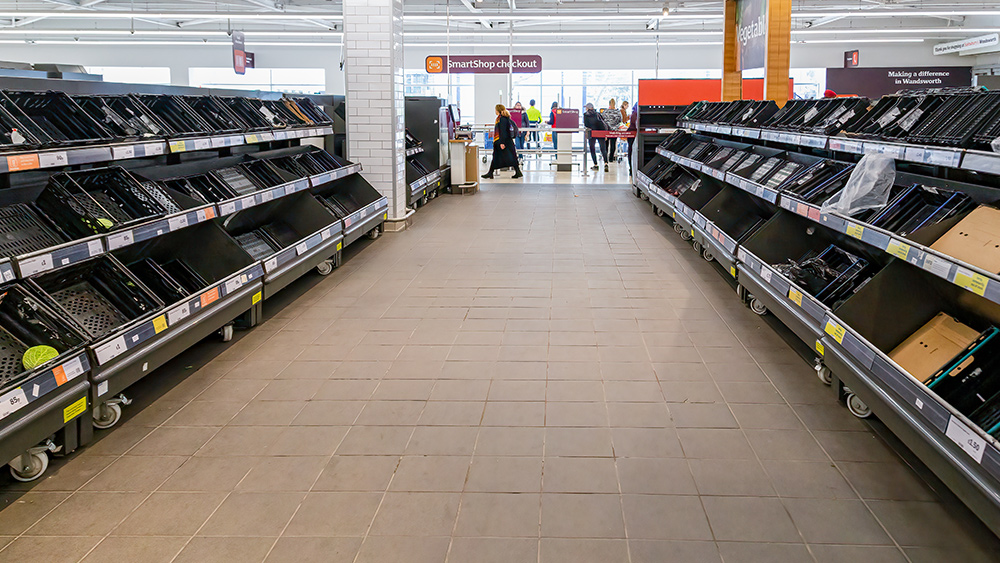Germans wary of going to stores even as the coronavirus lockdown slowly comes to an end
04/27/2020 / By Franz Walker

German shoppers are staying put and pinching pennies than rushing out to shop in large numbers even as Europe’s largest economy slowly reopens its retail sector. On Monday, the country allowed stores of up to 800 square meters, or around 8,600 square feet, to reopen – along with bookstores and car and bicycle dealerships – provided they adhere to strict social distancing and hygiene rules.
A slow and steady restart
The reopening of stores is part of the German government’s efforts to tamp down the economic impact of the lockdown – which also includes an $811.95 billion rescue package – in hopes of driving up enough consumer demand to pull it out of recession.
“We have achieved a high degree of unity in our approach, which is almost a miracle for a federal republic,” said German Chancellor Angela Merkel on Wednesday, after a videoconference with the governors of the country’s 16 states.
According to the new plan, bookstores, bicycle shops and car dealerships will also be allowed to reopen alongside shops that follow the 800-square-meter rule, provided that certain regulations are observed. In addition, the government will still enforce strict social distancing measures until May 3. Meanwhile, schoolchildren in grades approaching graduation, or who are about to move to the next level of schooling, will also return to the classroom. Large gatherings, however, will remain prohibited until August 31. (Related: German chancellor Merkel warns 70 percent of Germany now at risk of being infected by the coronavirus.)
Despite the restrictions being eased, German retail federation Handelsverband Deutschland (HDE) stated that the mood among shoppers remained very subdued due to concerns about jobs and finances.
“Consumers are in a crisis mode, consumer sentiment is in the doldrums,” said a spokesman for the HDE.
“It was very relaxed, there were no lines, there were no crowds,” said Stefan Stukenborg, head of an Ikea branch on the outskirts of the western German city of Cologne. In that branch, people were counted as they came in and out, making sure that the store did not have more than 640 shoppers at any time. In addition, the store put up protection screens for staff members who offered assistance and kept its childcare and restaurant areas closed. The staff could wear facemasks, though they weren’t required to do so, and the store put up signs asking shoppers to maintain a 4.9-foot distance from each other.
Christophe Paul, who manages the Windsor fashion store in Frankfurt, said he was relieved to finally reopen after over a month of forced closure. However, his business was light Monday, and he said he had to slightly reduce his opening hours.
Some stores did well
Not all stores were faced with only a handful of customers – some actually drew in large numbers of customers after they were allowed to reopen.
“It shows that people haven’t been shopping for a month, I sold more than on a regular Monday,” stated Iris Hilbig, who owns a clothing store in Cologne.
The number of customers at Hilbig’s store was large enough that she was concerned that the reopening was coming a little too fast. While she’s allowed to let up to five people into her store at once, she limited it to three.
“It would be dramatic if this leads to a new rise in infections and then we are forced to close again,” she said.
Meanwhile, in Hamburg’s trendy Schanzenviertel neighborhood, store owner Nina Abel said that her regulars flocked to her store as soon as it opened Monday. Despite this, she doubts that she’ll make as much as she did last year, given the lack of tourists and customers from other cities.
Mitigating the economic effects of the shutdown
However, not everyone is happy with the slow reopening. The HDE criticized the decision to only allow small stores to reopen in most of Germany. The retail federation called the move confusing for customers, stating that both large and small shops were capable of respecting social distancing rules.
In the meantime, some large stores, such as consumer electronics chains Media Markt and Saturn, have taken to condoning off smaller sales areas to meet the 800 square meter rule, with staff bringing customers items from the rest of the store instead.
Sources include:
Tagged Under: coronavirus, covid-19, easing restrictions, economy, Flu, Germany, government, groceries, infections, outbreak, pandemic, Retail, shopping, social distancing, stores, superbugs, virus



















